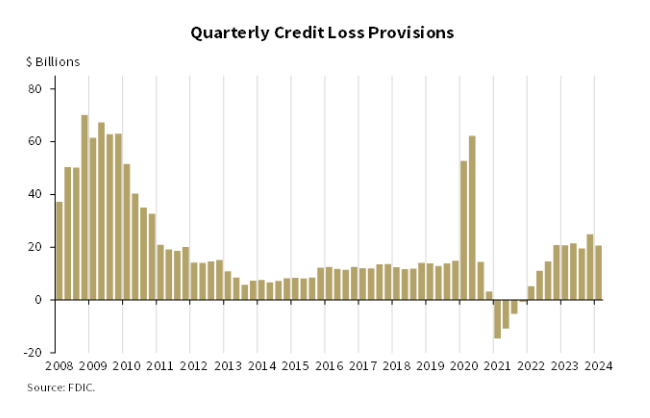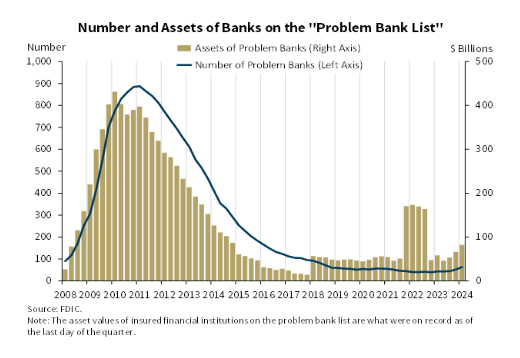Bitcoin, the enigmatic digital currency, is back in the spotlight as the US banking system grapples with mounting stress. While some predict a stratospheric rise to $1 million per coin, fueled by economic problems, others remain skeptical.
Related reading
Banking on the rise of Bitcoin?
Bitcoin Proponents see it as a beacon of stability during a storm. Unlike traditional assets tied to the health of institutions, Bitcoin has a finite supply and a decentralized nature. This, they argue, positions the country perfectly to benefit from a ‘flight to safety’ scenario, in which investors seek refuge from a potentially collapsing banking system.
Recent history seems to support this story. In March 2023, the failures of leading institutions like Silicon Valley Bank coincided with a 40% increase in the price of Bitcoin within a week. Industry figures suggest this is a testament to Bitcoin’s role as an “uncorrelated asset class” – a hedge against traditional financial turmoil.

Further strengthening this argument is the final report by the Federal Deposit Insurance Corporation (FDIC). The report paints a worrying picture and highlights a worrying trend of unrealized losses on US bank securities.
These losses, caused by rising interest rates, have risen to more than $500 billion. Additionally, the number of banks on the FDIC’s “Problem Bank List” has grown from 52 to 63 in just one quarter, raising fears about the overall health of the industry.

Million dollar dream or flight of fantasy?
While the potential for Bitcoin to gain value seems undeniable, its ambitious $1 million price target faces strong headwinds. Experts warn that such a dramatic increase could come at the cost of a complete economic collapse, a scenario that would not necessarily benefit Bitcoin in the long run.
Furthermore, Bitcoin’s historical correlation with other assets is not static. While there have been periods of weak correlation, there have also been instances of strong correlation, especially during broader market downturns. This casts doubt on Bitcoin’s ability to completely decouple itself from a struggling traditional financial system.
Related reading
Another factor to take into account is the recent rebound in the M2 money supply, a measure that reflects the total money supply circulating in the economy. Historically, periods of M2 expansion have coincided with Bitcoin price increases. However, the trade-off between the money supply and Bitcoin in an environment with a potentially shaky banking system remains an open question.
The way forward for Bitcoin
The future of Bitcoin is a bit of a guessing game right now. Banks in the US are having some problems, and that could make Bitcoin more valuable. But if the entire economy goes downhill, even Bitcoin could suffer. So it all depends on how bad things are going for the banks and the economy in general.
Featured image from Pngtree, chart from TradingView










